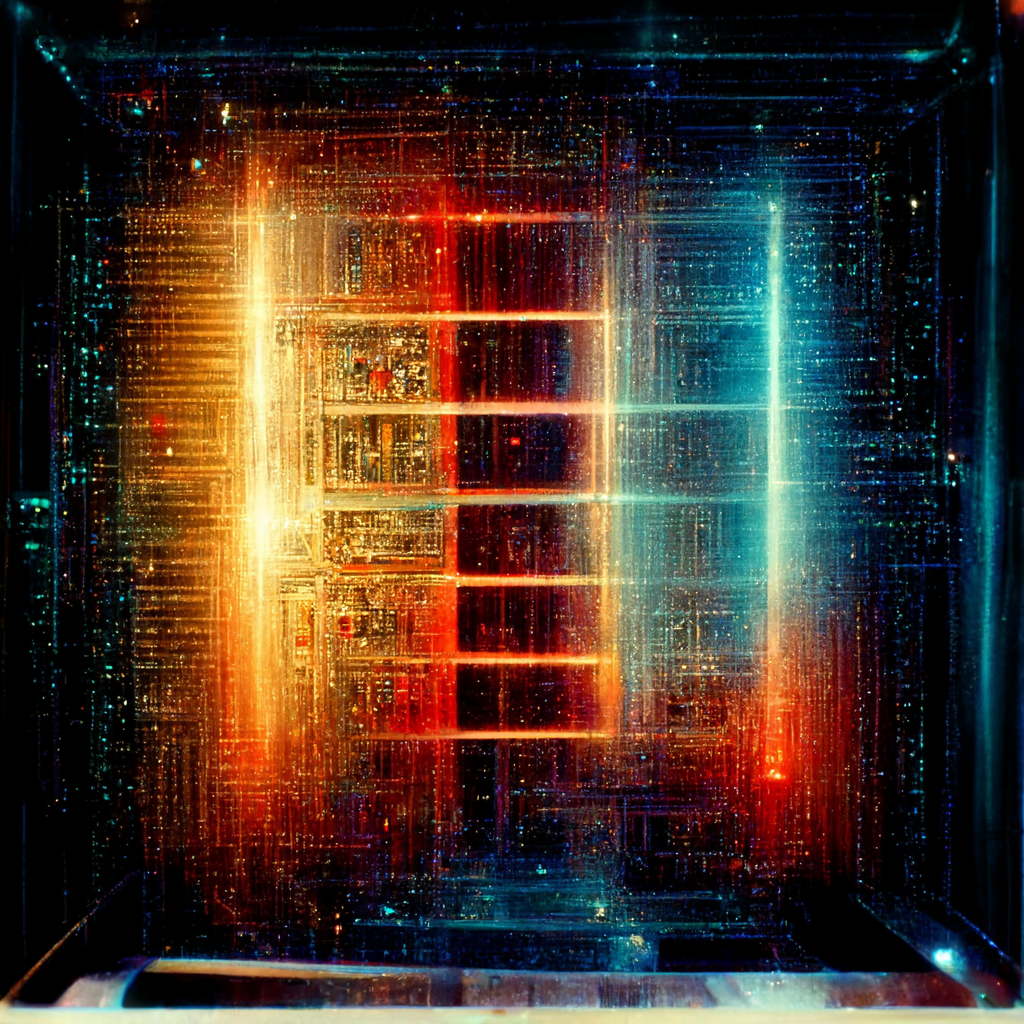Quantum computing has emerged as one of the most tantalizing subjects within the realm of modern physics and computer science, intriguing academics and laypeople alike. The fascination with this nascent technology rests on its promise to revolutionize industries ranging from cryptography to drug discovery. However, a meticulous examination of the reality surrounding quantum computing reveals a markedly harsher landscape than often depicted in popular narratives. Understanding the nuances of this technology requires not just a grasp of its principles but also an awareness of the formidable challenges that lie ahead.
At the heart of quantum computing is the concept of quantum bits, or qubits, which stand in stark contrast to classical bits. While classical bits exist in one of two states—0 or 1—qubits can exist in a state of superposition, embodying both 0 and 1 simultaneously. This characteristic enables quantum computers to perform computations at unprecedented speeds, processing vast amounts of data through parallelism. Yet, the validation of this potential remains a daunting task, constrained by limitations that challenge our comprehension of computational efficiency.
The allure of quantum computing often overshadows a crucial reality: practical quantum systems are in their infancy. Developmental successes have been celebrated, particularly in laboratory settings where various forms of quantum algorithms have been implemented. However, translating these theoretical advances into robust, scalable systems for real-world applications has proven to be an exceedingly complex endeavor. Therefore, while the theoretical framework may be promising, the tangible reality falls far short of instantaneous application.
Supreme among the obstacles that quantum computing faces is the phenomenon known as decoherence. Qubits, being inherently fragile, are perturbed by their environment, causing loss of information and computational fidelity. As quantum systems interact with surrounding particles, even the slightest disturbance can lead to decoherence, resulting in computational errors. This unreliability is exacerbated by the sheer number of qubits required for practical applications. While classical silicon-based systems thrive on redundancy to mitigate errors, replicating such resilience in quantum systems proves exceedingly intricate.
Moreover, the process of error correction within quantum computing remains a significant hurdle. Classical error correction mechanisms, which involve copying and verifying data across multiple locations, falter in the quantum domain. The so-called “no-cloning theorem” precludes the duplication of quantum states, necessitating entirely novel strategies for error correction. Current methodologies often involve an outsized experimental overhead, leading to inefficiencies that complicate scalability. Thus, while researchers are pioneering various error-correcting codes, they often encounter limitations that add layers of complexity to quantum computations.
Investment in quantum technology has soared in recent years, with government and private sectors pouring resources into research and development. Yet, the transition from research to reliable product development presents its own challenges. The competition between national governments, tech conglomerates, and startups has catalyzed rapid advancements in some areas but has also led to disparities in the distribution of knowledge and resources. In the ensuing race for quantum supremacy, the rhetoric surrounding quantum computing often inflates expectations and may detract from a pragmatic assessment of the technology’s current capabilities and the timelines for its realization.
A pivotal dimension of the current techno-economic landscape involves the accessibility of quantum computing resources. Initiatives including cloud-based quantum computing platforms have democratized access to some extent, allowing researchers and enterprises worldwide to engage with quantum systems. However, this accessibility is predominantly advantageous for those with pre-existing expertise in quantum mechanics and computing. Consequently, the very barriers that inhibit progress may deter a broader adoption of quantum computing methodologies, leading to a disparity based on prior knowledge, institutional resources, and technological familiarity.
The excitement surrounding potential applications, such as factoring large integers (critical for cryptography) or simulating molecular systems (vital for pharmaceuticals), overshadows a fundamental consideration: the time it requires to realize these applications. Projections regarding when quantum computers might outperform classical counterparts are often muddled by hype and speculation. The short-term outlook suggests quantum computers may excel in niche tasks or specific algorithms, but general-purpose quantum computing remains an elusive goal. Thus, while the future holds promise, the community must adhere to a measured perspective grounded in scientific realism.
The enigma of quantum computing is not limited to technical challenges; it engenders ethical and philosophical inquiries worthy of exploration. As the technology evolves, concerns surrounding security, surveillance, and the inherent unpredictability of quantum decisions intensify. The implications of quantum computing extend beyond mere technological prowess, beckoning for dialogues about accountability and societal impact. The uncertainties in quantum decision-making may yield unintended consequences, necessitating an ethical framework to guide the development of quantum systems.
In conclusion, while the fascination with quantum computing is deeply rooted in its potential to redefine our understanding of computation, the reality is fraught with considerable challenges. The journey from theoretical promise to practical application is laden with obstacles that require collaborative efforts across disciplines. The juxtaposition of hope and harshness paints a starkly complex portrait of quantum computing, one that invites a reflective consideration of its burgeoning legacy in the annals of technology and science.












